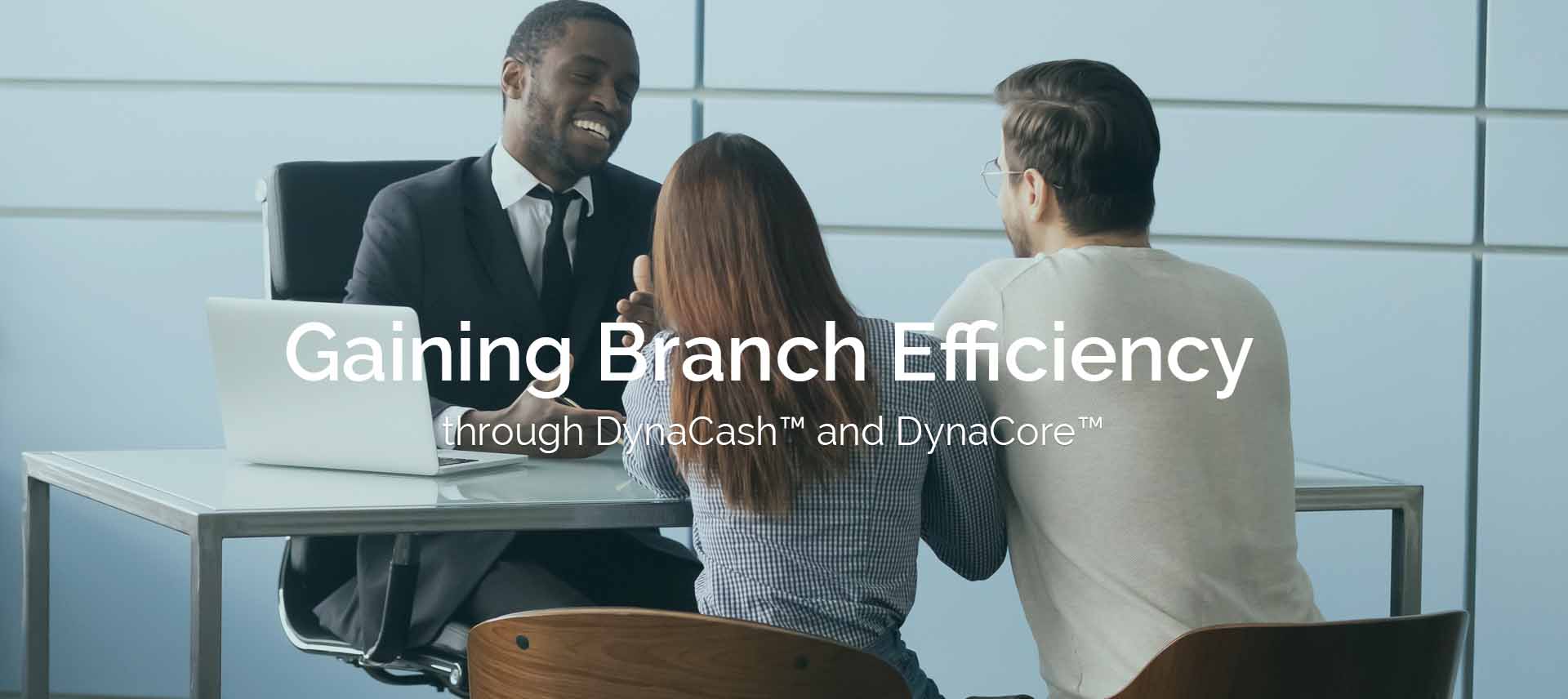
Gaining Branch Efficiency From Your TCR
Why Middleware Provides Solutions You Didn’t Even Know You Needed.
Determining the best way to install, operate, and assimilate a teller or transactional cash recycler (TCR) in your institution requires a coordinated effort. Gaining efficiency in the handling of cash is the driving factor as to why financial institutions decide to install TCRs into their cash automation procedures. But are you getting the most from your TCR?
A cash recycler does more than just manage cash in and cash out. Its built-in features help banks with everything from establishing and enabling stronger internal controls around cash handling to handling advanced security features that help take the burden of security management off of the front-line employee. In today’s banking environment, the features that actually save time and increase the ROI on the technology include:
- logging cash counts, sorting of bills by denomination, checking for suspected counterfeits, and confirming cash balances by location and user
- eliminating the need for a teller or universal employee to manually count, sort, and verify cash without sacrificing accuracy or security
- improving the customer experience by speeding up the customer’s transaction throughput without employing additional staff
- dispensing options that allow for multiple and simultaneous staff use through light indicators, all while accurately counting and logging each transaction
- versatility of the type of integration you choose to use into the branch’s cash management software to log cash counts, confirm cash balances by location by staff user
- less time worrying about human error, and more time giving undivided attention to each customer interaction
- connectivity with other peripheral cash management devices and software to count, validate, and record cash levels by each user,
- reducing the time required and number of employees involved in confirming accurate cash counts and logging user interactions in real time
- reducing the need for armored car deliveries or trips to a central vault — secure cassettes safely store cash for future use or deposit and is paired with logs that detail cash-flow activity
- increasing authentication through a built-in banknote authenticator to help protect branches from any incoming counterfeit currency. Equally important, each user that requests access to cash holdings is required to authenticate themselves and is recorded for future audit-ability
The way you choose to integrate the automation of the TCR technology to your core software matters. It’s really where gaining the efficiency in your branch network begins. While there is not a one-size-fits-all for every institution, there are certainly ways to utilize all the functionality designed into your technology purchase, while still managing a world-class employee and customer experience.
There are three ways to mainstream the technology into your branch network. Each option offers a different set up of procedural rules, functionality, and overall return on investment. They are:
- Standalone Installation (lowest cost with the lowest ROI)
- Direct Connectivity (highest cost, least flexible, with moderate ROI
- Middleware Implementation (moderate cost, deploys all TCR functionality with highest ROI)

